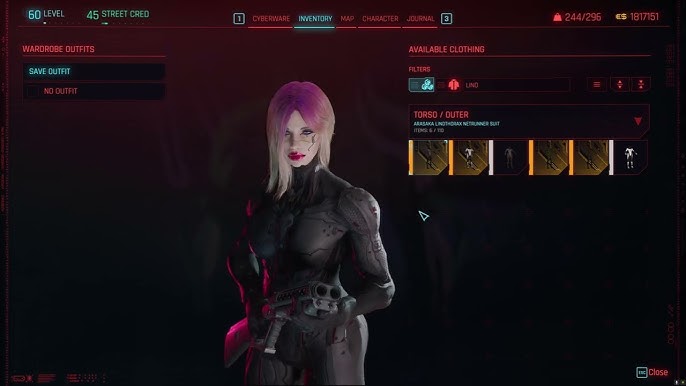Cyberpunk 2077: Phantom Liberty – A XenGamer.
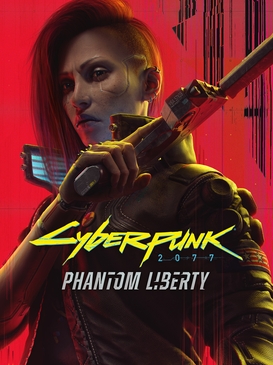
Cyberpunk 2077 has been on quite the redemption arc. From its disastrous launch to the steady stream of patches and updates, CD Projekt Red has been working tirelessly to deliver the game promised. And now, with Phantom Liberty, the ambitious expansion set in the brand-new district of Dogtown, the question is: have they finally nailed it? As a seasoned PC gamer who's been knee-deep in Night City since day one (and weathered the bugs to prove it), I'm here to give you the straight, no-chaser analysis you expect from XenGamer.com. We'll delve into the gameplay changes, narrative depth, graphical enhancements, and, most importantly, the performance impact on your precious PC. Buckle up, choombas, because we're diving into Phantom Liberty.
Gameplay & Mechanics: Cyberware and Skill Tree Overhaul
The 2.0 update, which accompanies Phantom Liberty, is arguably as significant as the expansion itself, primarily because of its sweeping changes to cyberware and the skill tree system. CD Projekt Red has clearly listened to feedback, and the results are transformative.
Cyberware: More Than Just Stat Sticks
The cyberware system has been completely reworked. No longer are you just slapping on whatever gives you the biggest numbers. Now, cyberware is more strategic, and your choices genuinely impact your playstyle. The new cyberware capacity system forces you to make tough decisions: do you prioritize raw stats, utility, or a specific build-defining piece?
Let's talk specifics. The Sandevistan is a classic, and it's been tweaked for the better. Instead of simply slowing down time, the Sandevistan now provides a significant speed boost to V, blurring the world around them. The duration of the effect and the cooldown are determined by the quality and type of Sandevistan installed, as well as your cyberware capacity. This forces you to balance the power of slowing down time with the risk of overextending your capacity. As you can see in the image below, the Sandevistan offers a distinct visual flair.

On the other hand, the Berserk operating system offers a completely different approach. Activating Berserk grants significant damage reduction and increased melee damage, turning V into a raging powerhouse. However, the visual distortion is more pronounced, and you're locked into a more aggressive playstyle. The tradeoff is clear: survivability and damage for situational awareness and tactical options. These are meaningful choices that fundamentally alter how you approach combat scenarios. I've always preferred a stealthy, netrunning approach, but with Berserk, I found myself gleefully charging into firefights, something I rarely did before.
Skill Tree: Meaningful Choices at Last
The new skill tree is a massive improvement over the original. Gone are the days of unlocking boring, incremental stat boosts. Now, each skill tree offers distinct perks that drastically alter your abilities. Many perks allow you to execute cinematic takedowns after sprinting, leaping, or sliding, adding an acrobatic flair to combat. Some perks boost damage with certain weapons under specific conditions, like dealing extra damage to enemies with full health when using a sniper rifle. This opens up new tactical avenues and creates more varied and exciting gameplay.
The new skill trees also encourage specialization. While you can dabble in multiple trees, focusing on a specific build yields far greater rewards. This adds significant strategic depth to character progression, forcing you to consider the long-term implications of your choices. The original Cyberpunk 2077 skill tree felt like a chore; Phantom Liberty's feels like an integral part of the RPG experience.
Narrative Analysis: Dogtown and Political Intrigue
Phantom Liberty throws you headfirst into Dogtown, a lawless district within Night City ruled by the iron fist of Kurt Hansen. It's a brutal, unforgiving place, and the atmosphere permeates every aspect of the expansion.
Dogtown: A Concrete Jungle of Despair
Dogtown is visually striking. The crumbling brutalist architecture, the constant dust storms, and the oppressive atmosphere create a sense of constant unease. Every corner feels dangerous, and every encounter is fraught with tension. CD Projekt Red has done an exceptional job of creating a believable and immersive environment. The image below shows the gritty realism that defines Dogtown.
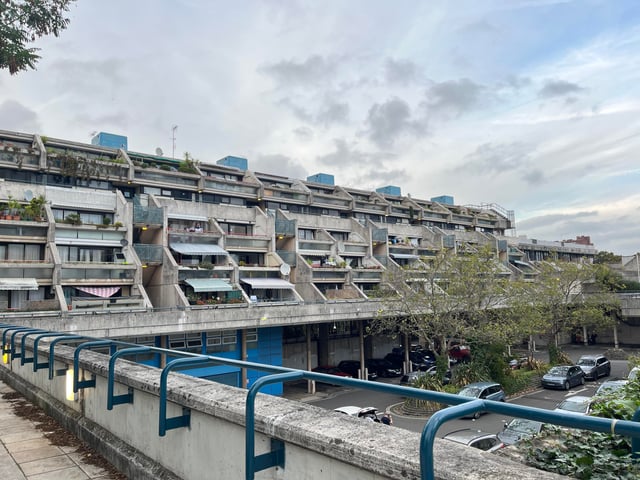
Key locations like the Black Market pulse with illicit activity, and every resident seems to be operating on the fringes of society. This is a far cry from the neon-drenched glitz of Night City's wealthier districts; Dogtown is a place where survival is a daily struggle.
Political Intrigue, Betrayal, and Sacrifice
The main storyline of Phantom Liberty revolves around political intrigue, betrayal, and sacrifice. V is tasked with saving the President of the NUSA, Rosalind Myers, after her shuttle crashes in Dogtown. What follows is a complex web of conspiracies, double-crosses, and difficult choices.
The narrative themes of Phantom Liberty share similarities with Deus Ex: Human Revolution, particularly in its exploration of transhumanism and corporate espionage. However, Phantom Liberty leans more heavily into the themes of political power and the cost of loyalty. The choices you make have significant consequences, and the ending is far from black and white.
Does Phantom Liberty achieve the same level of thematic depth as Deus Ex: Human Revolution? While Deus Ex offers more nuanced commentary on transhumanism and its societal impact, Phantom Liberty provides a more personal and emotionally resonant story. It's a different flavor, but equally compelling. I wouldn't say it necessarily falls short, but it takes a different approach to similar themes. The political intrigue is captivating, as seen in the image below.
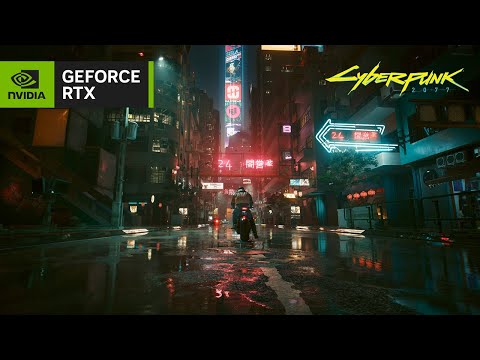
Graphics: Ray Tracing Overdrive Mode
Cyberpunk 2077 was already a visually stunning game, but the Ray Tracing Overdrive mode takes it to another level. The visual differences are immediately noticeable, particularly in reflections, shadows, and global illumination.
A Visual Feast, But at a Cost
With Ray Tracing Overdrive enabled, surfaces become incredibly reflective, and light bounces realistically around the environment. Shadows are softer and more nuanced, adding depth and realism to every scene. The way light filters through the dense urban environment of Night City is breathtaking. Ray tracing transforms the visual landscape as you can see in the side-by-side comparison below.
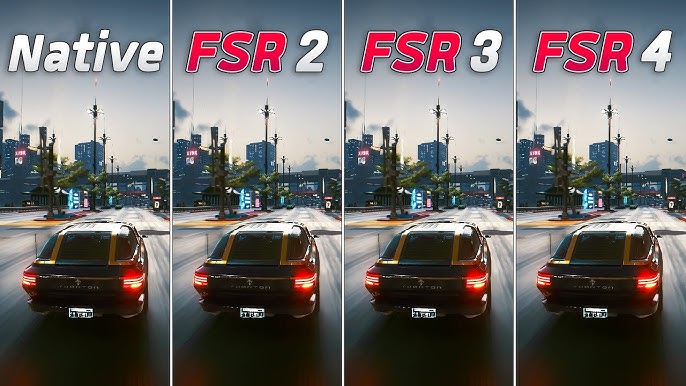
However, the enhanced visual fidelity comes at a significant performance cost. Even on high-end hardware, maintaining a stable frame rate with Ray Tracing Overdrive enabled can be challenging. It's a beautiful showcase of what's possible with ray tracing, but it's not for the faint of heart (or underpowered PC).
PC Performance: AMD FSR 3 Frame Generation
Given the performance demands of Cyberpunk 2077, especially with Ray Tracing enabled, optimization techniques are crucial. AMD's FSR 3 Frame Generation is designed to boost frame rates, but how well does it work in Phantom Liberty?
FSR 3: A Lifeline for Mid-Range Hardware?
I tested FSR 3 on a system equipped with an RTX 3060 GPU and 16GB of RAM, a configuration that represents a solid mid-range PC. I ran benchmarks at 1080p and 1440p resolutions, comparing frame rates with and without FSR 3 enabled.
At 1080p, FSR 3 in Quality mode provided a noticeable performance boost, increasing the average frame rate from around 45 FPS to nearly 60 FPS. In Performance mode, the frame rate jumped to over 70 FPS. At 1440p, the gains were even more significant, bringing the game from an unplayable 30 FPS to a much more comfortable 45-50 FPS in Quality mode.
Here's a side-by-side comparison of frame rates with and without FSR 3:
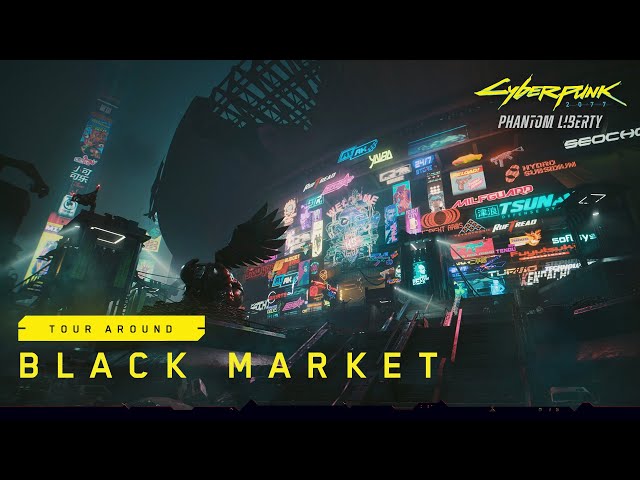
While FSR 3 significantly improves performance, it's not without its drawbacks. The introduction of frame generation can lead to increased latency and input lag, which can be noticeable in fast-paced action sequences. Additionally, visual artifacts, such as ghosting, can sometimes appear, particularly in Performance mode. The following image shows a typical visual artifact.
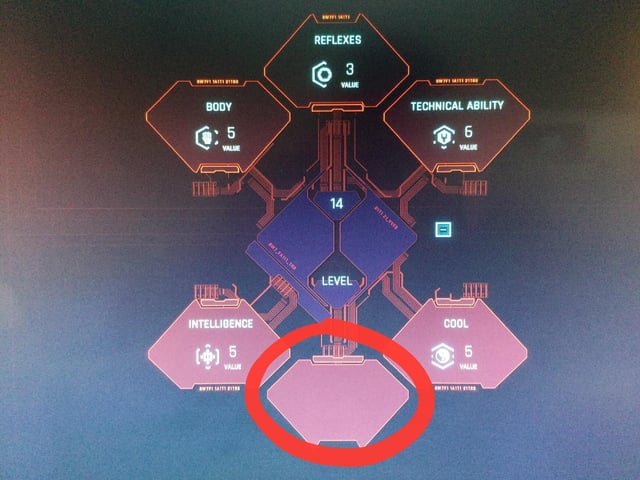
The visual differences between the FSR 3 performance modes are noticeable. Quality mode offers the best image quality with a reasonable performance boost, while Performance mode prioritizes frame rate at the expense of visual fidelity. Finding the right balance depends on your hardware and personal preferences.
FSR 3 is a valuable tool for improving Cyberpunk 2077's performance, especially on mid-range hardware. However, be aware of the potential drawbacks, such as increased latency and visual artifacts. Experiment with the different performance modes to find the settings that work best for you.
Overall Experience: RPG Integration
Phantom Liberty integrates seamlessly into the existing RPG structure of Cyberpunk 2077. The expansion feels like a natural extension of the game world, with new quests and storylines that intertwine with the existing narrative.
A Compelling Addition to the Cyberpunk Universe
The new characters introduced in Phantom Liberty, such as Songbird and Reed, are compelling and well-developed. Their motivations are complex, and their actions have a significant impact on the story. The choices you make regarding these characters will shape the outcome of the expansion. The Dogtown atmosphere, as shown below, really sets the stage for immersion.
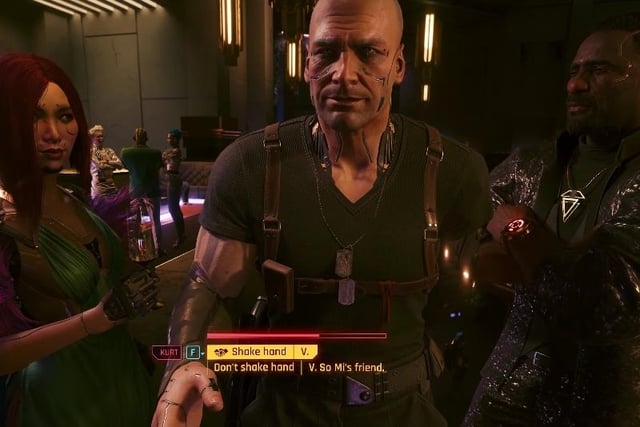
The quests in Phantom Liberty are varied and engaging, ranging from intense firefights to stealthy infiltration missions. The expansion also introduces new side activities and gigs, providing plenty of opportunities to explore Dogtown and its inhabitants.
Phantom Liberty is not just a standalone expansion; it's an integral part of the Cyberpunk 2077 experience. It enhances the existing game world, adds compelling new characters and storylines, and provides a satisfying conclusion to V's journey.
Conclusion
Cyberpunk 2077: Phantom Liberty is a triumph. CD Projekt Red has delivered a compelling expansion that addresses many of the criticisms leveled at the original game. The reworked cyberware system and skill tree provide meaningful choices and strategic depth, while the narrative is engaging and emotionally resonant. The new locations, as you can see below, are incredible.
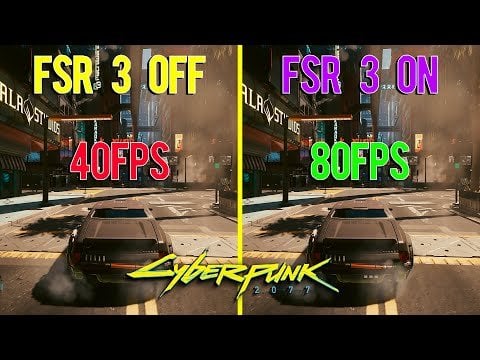
The Ray Tracing Overdrive mode is visually stunning, but it's demanding on hardware. AMD FSR 3 Frame Generation offers a performance boost, but it's not without its drawbacks. Ultimately, Phantom Liberty is a must-play for any Cyberpunk 2077 fan and a strong recommendation for anyone who was hesitant to jump in before. It's a testament to CD Projekt Red's commitment to delivering a quality gaming experience. Welcome to Dogtown, choombas. You might not like it, but you won't forget it.
